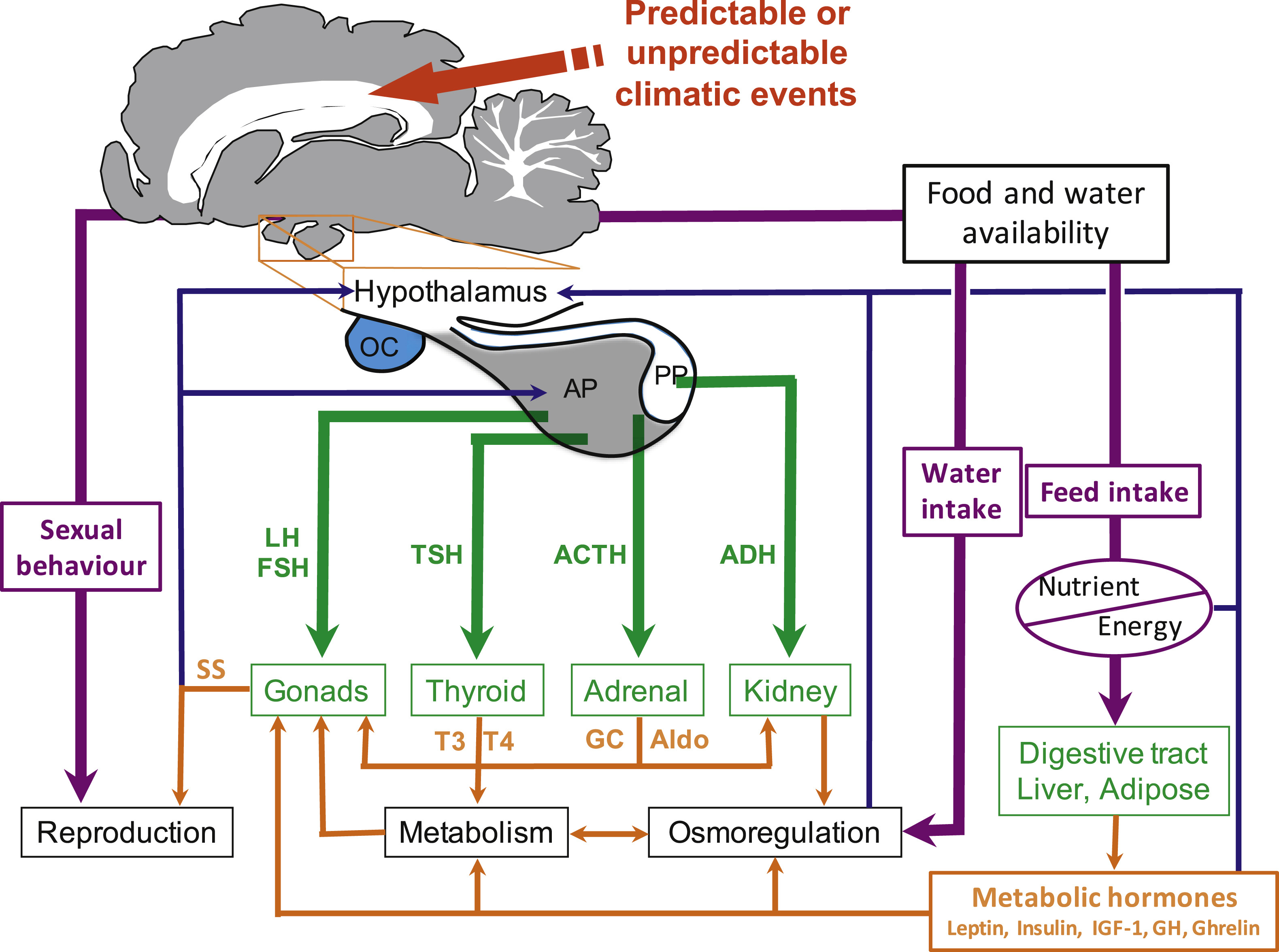Climate change will expose mammals to an array of stressors, some new, and some with increased frequency and severity. Those stressors influence endocrine and metabolic function, with potential consequences for the survival and persistence of mammalian species. Here, we review the similar consequences of climate change on the physiological function of terrestrial mammals, including direct effects of increasing air temperatures and reduced water availability, as well as the indirect effect of reduced or unpredictable food supply.
Paolo Tarolli, Giulia Sofia, Chapter 9 - Remote sensing for the analysis of anthropogenic geomorphology: Potential responses to sediment dynamics in the agricultural landscapes, Editor(s): Paolo Tarolli, Simon M. Mudd, Developments in Earth Surface Processes, Elsevier, Volume 23, 2020, Pages 255-269, ISSN 0928-2025, ISBN 9780444641779, https://doi.org/10.1016/B978-0-444-64177-9.00009-6.
Paolo Tarolli, Giulia Sofia, Chapter 9 - Remote sensing for the analysis of anthropogenic geomorphology: Potential responses to sediment dynamics in the agricultural landscapes, Editor(s): Paolo Tarolli, Simon M. Mudd, Developments in Earth Surface Processes, Elsevier, Volume 23, 2020, Pages 255-269, ISSN 0928-2025, ISBN 9780444641779, https://doi.org/10.1016/B978-0-444-64177-9.00009-6.
Partner content
Global Citizen, 15th April 2020
Partner content
Global Citizen, 15th April 2020
On April 22nd 1970, 20 million Americans took to the streets, parks and auditoriums to demonstrate for a healthy, sustainable environment in massive coast-to-coast rallies. Spearhead by Senator Nelson, after witnessing the ravages of the 1969 Santa Barbara oil spill, the first Earth Day protests forced environmental protection onto the national political agenda and led to the creation of the United States Environmental Protection Agency and the passing of key environmental legislation.
Food Safety and Quality Systems in Developing Countries, Volume III: Technical and Market Considerations, 2020, Pages 1-40




